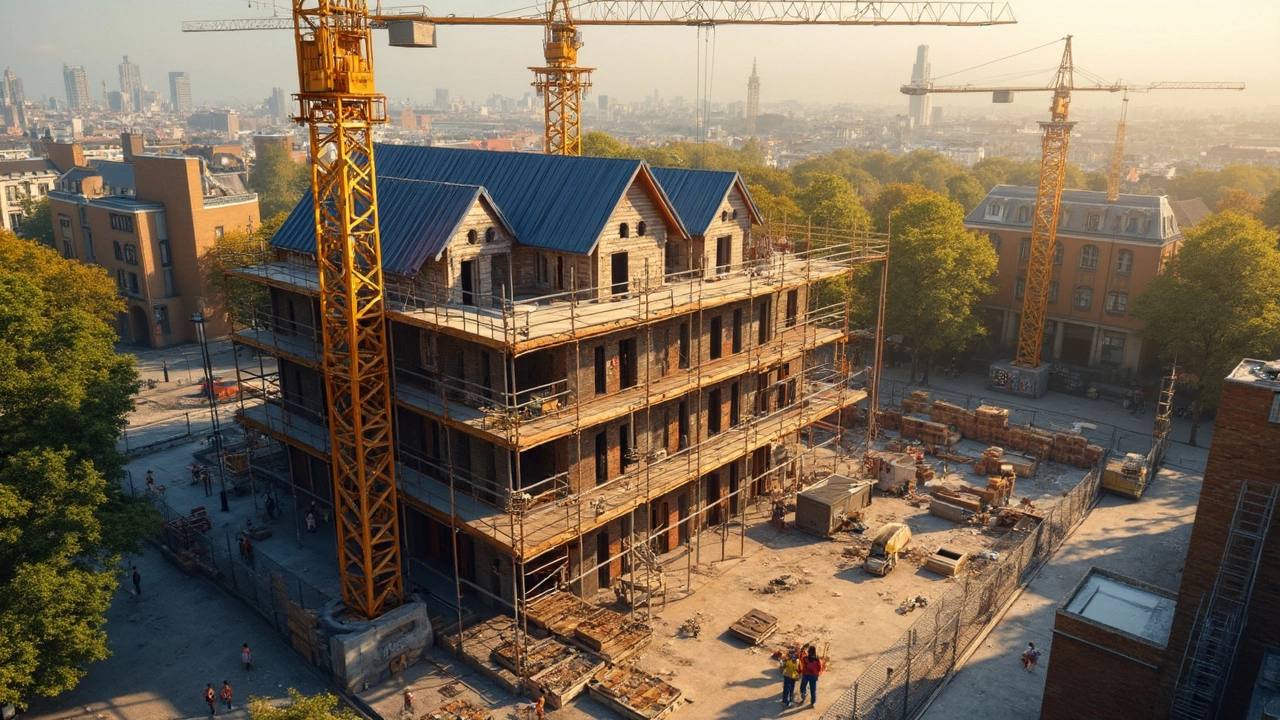Construction Pricing: What You Need to Know Before You Build
Thinking about a new build or a major renovation? The first question on everyone’s mind is cost. Construction pricing can feel like a mystery, but it’s actually a combination of clear, measurable items. Knowing those items helps you avoid surprise bills and makes it easier to plan a realistic budget.
What Drives Construction Prices?
Materials are the biggest single expense. Prices for steel, timber, bricks and flooring can swing up or down based on market demand, import tariffs and supply chain hiccups. For example, a recent spike in timber cost added 10‑15% to many UK home builds. Labor is the next big factor. Skilled tradespeople charge rates that reflect experience, location and the complexity of the task. A site in London will usually cost more than one in a regional town because wages and living costs are higher.
Project size matters too. Larger builds benefit from economies of scale – you buy more material at a lower per‑unit price and can schedule crews more efficiently. Small jobs, like a single‑room remodel, often have higher per‑square‑foot costs because you can’t spread fixed fees across a big area.
Design complexity adds another layer. Custom shapes, high‑end finishes or unusual architectural features require extra planning, specialist labor and sometimes unique materials. Those choices can double or even triple the price of a standard wall or floor.
How to Keep Your Build on Budget
Start with a detailed scope. Write down everything you want – from the type of flooring to the number of light fixtures. The more specific you are, the easier it is to get accurate quotes and avoid “scope creep” later on.
Get at least three quotes from reputable contractors. Compare not just the total price but what each line item covers. Some firms include site cleanup or waste removal, while others charge extra later.
Factor in a contingency fund. A safe rule is to set aside 10‑15% of the total budget for unexpected issues like hidden damp, soil problems or price changes in materials. This cushion keeps the project moving without scrambling for cash.
Consider phased work. If your budget is tight, split the project into stages – finish the structural work first, then add finishes and interior details later. This spreads cost over time and lets you adjust plans based on cash flow.
Finally, review your design choices. Swapping a premium hardwood floor for a quality engineered wood or a luxury vinyl plank can shave thousands off the total without compromising looks. Small material swaps add up quickly.
Construction pricing may seem daunting, but breaking it down into material, labor, size and design makes it manageable. Use the tips above to set a realistic budget, compare quotes wisely, and keep a contingency fund ready. With clear numbers in front of you, the building process becomes a lot less stressful and a lot more predictable.
Why Is Building a House So Expensive?
- Gavin Whitaker
- |
- |
- 0
Building a house today costs an arm and a leg, but why is that the case? From skyrocketing material prices to the demand for skilled labor, many factors contribute to the hefty bills. Navigating this complex terrain involves understanding everything from land costs to legal fees. This article breaks down the nitty-gritty of house-building expenses and offers practical tips to keep your budget in check.
View more